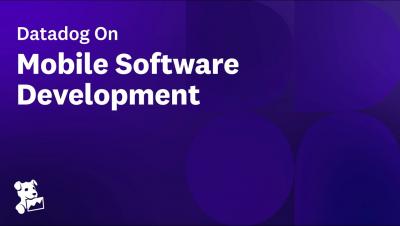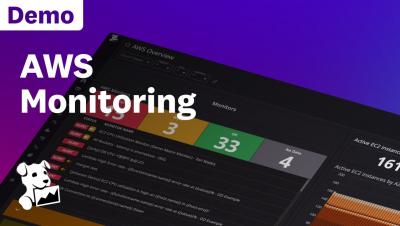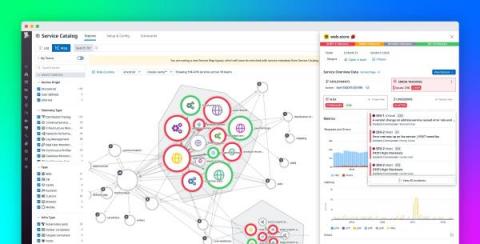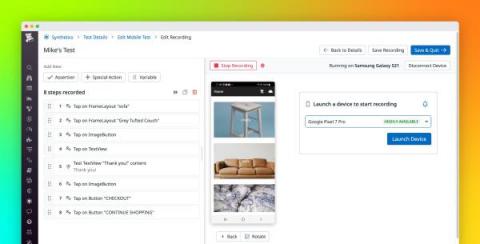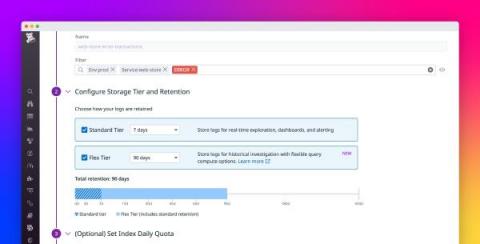Monitor Google Cloud Vertex AI with Datadog
Vertex AI is Google’s platform offering AI and machine learning computing as a service—enabling users to train and deploy machine learning (ML) models and AI applications in the cloud. In June 2023, Google added generative AI support to Vertex AI, so users can test, tune, and deploy Google’s large language models (LLMs) for use in their applications.




